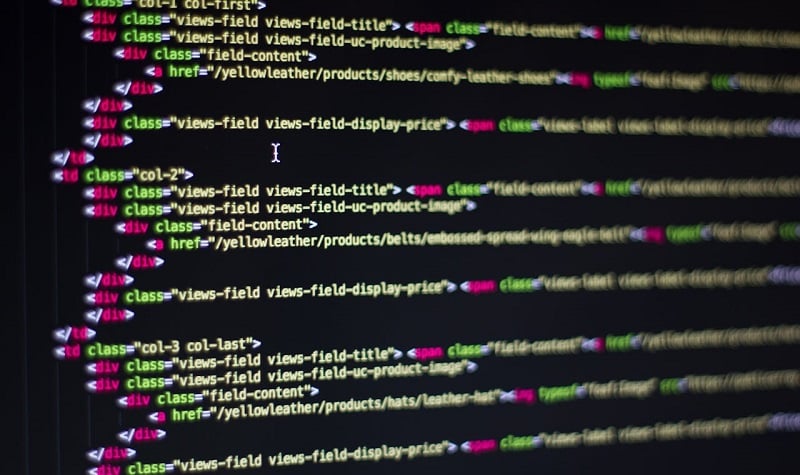5 Ways to Avoid Plagiarism When Using Coding From Other Sources

TechsPlace | In every industry, including coding, copying is a grave ethical transgression. It is essential to refrain from plagiarism when utilizing code from external sources to uphold the rights to intellectual property and preserve academic integrity. Here are five practical strategies to avoid plagiarism in projects that include code from other sources.
Understand the Code
Take the time to fully comprehend the functionality of any code you import before adding it to your project. Go line by line through the code, paying close attention to the logic, methods, and general structure used. A comprehensive comprehension of the subject matter guarantees exact execution.
It empowers you to customize and enhance the code to meet the specific needs of your project while reducing the possibility of unintentionally violating the original author’s work. It might be easier to troubleshoot and debug problems if you take the time to comprehend the code fully. This can help you find and fix faults more quickly.
Attribute the Source
Whenever code is integrated from other repositories, archives, or other resources, proper acknowledgment of the source must always be given. Include comments in your code that identify where the borrowed code came from. Include pertinent information like the name of the writer, the work title, and a link to the source.
By dutifully citing the original author, you demonstrate to the coding community your dedication to maintaining academic integrity and your respect for proprietary rights. In addition to improving the legitimacy of your work, proper attribution promotes cooperation and recognition among other members of the coding community.
Use Proper Citation Formats
When citing external code in the project’s documents or reports, use accepted citation formats and give credit to the source inside your code. Follow accepted citation formats, such as IEEE, MLA, or APA, to organize your citations precisely and consistently. Make sure all the necessary bibliographical information is included, including the name of the author, the year of publication, the title of the work, and the URL of the source, if any.
Following accepted citation guidelines promotes openness and makes it possible for interested parties to verify the source of the cited code successfully. Another indication of your dedication to academic integrity and moral behavior in intellectual pursuits is proper citation.
Rewrite and Paraphrase
Prioritize the habit of rewriting and summarizing the code in your terms rather than just copying code fragments from outside sources. Try to translate the original code’s basic logic and functionality into your coding style while maintaining the functionality and intended use.
By rewriting, you reduce the possibility of accidental copying and improve your comprehension of the underlying ideas and methods, which makes it easier to comprehend the code. Utilizing a code plagiarism checker can also assist in ensuring the originality and integrity of your work, providing an additional layer of verification against unintentional plagiarism.
Rewriting improves the code’s coherence and interoperability with current codebases while enabling you to modify it to fit better the unique needs and architectural design of your project.
Verify License and Usage Rights
Before incorporating code from other sources into your applications, carefully check the licensing and use permissions attached to it. Different licensing agreements may cover different codes; these might range from strong copyright limitations to open-source licenses that allow for broad reuse and modification. Examine the license carefully to ensure any usage restrictions, attribution requirements, or redistribution requirements are followed.
You protect yourself from legal consequences and maintain moral standards in the computer programming community by adhering to the license’s terms. Assuring that it meets legal and ethical standards and assisting you in making well-informed judgments on the code’s fitness for your project are two further benefits of verifying a license and use rights.
Conclusion
By adhering to these five principles, you may successfully avoid plagiarism while utilizing code from external sources in your projects. Upholding academic integrity and moral coding standards requires that certain procedures be followed, such as understanding the code, giving due acknowledgment, utilizing citation formats, paraphrasing, and rephrasing and confirming licensing and usage rights.
You support an honest, open, and respectful culture in the coding industry by using code properly and ethically.
This article is contributed by guest author on techsplace.com.





